Zoe’s new risk scale underlines that not all processed food is bad for us. But as it prepares to spread the word, some question its usefulness
Not all processed foods are bad for you. That was the key message of nutrition specialist Zoe’s new Processed Food Risk Scale, unveiled at the House of Lords last week.
“This scaremongering around ‘everything on our shelves is going to kill us’ is wrong,” Zoe chief scientist Sarah Berry told The Grocer at the time. “It’s not helpful to say 60% of your diet is bad when there are huge subtleties to it.”
The scale divides processed foods into four risk categories: no, low, moderate and high. High risk spans foods like Cadbury Dairy Milk and Birds Eye Chicken Dippers, while Vadasz Kimchi and Sainsbury’s Basmati Rice are among the lines deemed no risk.
So is this tool helpful to push back against the demonisation of processed foods? Or could it add more confusion? And what are the benefits for Zoe, which has been struggling to turn a profit?
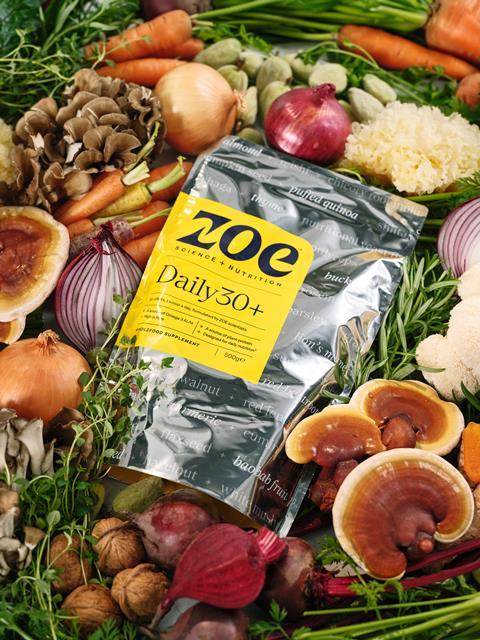
The core message of the scale – that processed foods should not be treated as a homogenously unhealthy group – has received widespread support. Zoe seeks to go beyond the Nova classification system, which classes 60% of the UK’s energy intake as ultra processed.
“The Nova classification spans a wide range of foods,” says nutritionist Claire Baseley. “Hence a call for more nuance, and I welcome this from Zoe.”
This nuance is likely to be helpful in distinguishing NPD within categories that has been designed with health and nutrition in mind, says Modern Baker co-founder Leo Campbell. Under the Nova system, its Superloaf – formulated to have health benefits – is classed as ultra-processed. But the Zoe system clarifies the loaf as ‘low risk’ alongside breads like Aldi’s Seeded Sourdough and Jason’s Seeded Protein Sourdough.
Charlie Bigham’s, whose fish pie is similarly classed ‘low risk’, believes Zoe is adding value to the UPF narrative. “The original Nova scale actually made a clear definition between processed food and ultra-processed food but it is quite long, quite scientific and therefore confused a lot of people,” says founder Charlie Bigham.
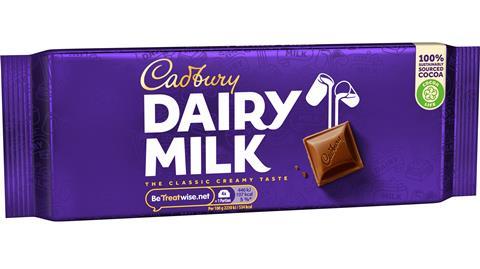
The three measures Zoe uses to assess risk
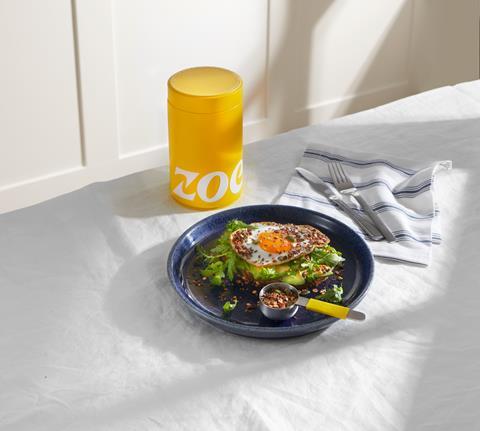
1. Energy intake rate
This measure looks at how quickly calories are consumed. For example, foods with a high calorie density and a soft texture will have a higher energy intake rate.
2. Hyperpalatability
This considers whether the product has been engineered to have an “addictive” taste – and applies to foods with flavour combinations not found in nature. Salted peanuts are one example.
3. Additives, colourants and emulsifiers
Zoe assesses individual additives on their deemed risk level. For example, pectin, inulin and ascorbic acid are deemed low risk, while carrageenan and diglycerides of fatty acids are deemed high risk.
Three key measures
Yet the devil is in the detail. Zoe uses three measures to determine the risk level of foods: energy intake rate, hyperpalatability and the level of additives, colourants and emulsifiers. Nutritionists agree with those core principles, but question how they are measured.
Take the concept of hyperpalatability, which Zoe defines as addictive taste combinations not found in nature. “Perception of taste is so variable,” points out Baseley. “There’s talk of this perfect golden ratio that makes something hyperpalatable – but not everyone has the same likes and dislikes, so it’s hard to rate absolutely everything.”
The final measure – which looks at additives, colourants and emulsifiers – is arguably the most controversial. It classifies the likes of carrageenan and diglycerides of fatty acids as high risk.
“All additives used by food manufacturers are approved by the FSA, who have robust processes in place to ensure that these are safe for us to eat and drink,” says the FDF. “It is irresponsible to state these ingredients are a high risk to health.”
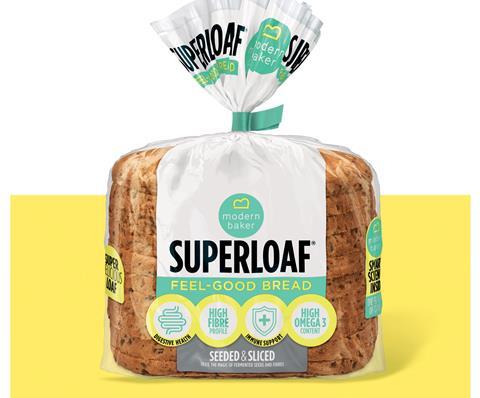
Of course, the FDF comes from a position of representing the industry – but even nutritionists have concerns. The FSA has “departments dedicated to additives”, points out Baseley.
Baseley adds: “Do we know certain emulsifiers are having negative health consequences? I think it’s a bit early to be developing a profiling model based on what additives are in there and what aren’t.”
Zoe argues the model is based on rigorous scientific analysis. Its nutritionists have already checked over 3,000 foods against the new scale – and Berry says it is now “at the final stages of validating our score to show how well it can predict health outcomes”.
Even if it is an accurate measure, though, there is a communication issue. Zoe is clear its scale refers exclusively to the risk that comes from the processing of foods. So if a product falls into the ‘no risk’ category, that simply means the processing isn’t harmful – it’s not an endorsement of overall health credentials.
Hence the inclusion of unsalted butter in the ‘no risk’ category, while the old formula of Flora Buttery was deemed ‘high risk’ (the new version is ’low risk’). “If you were using only a nutritional lens, you’d choose the Flora,” Baseley points out.
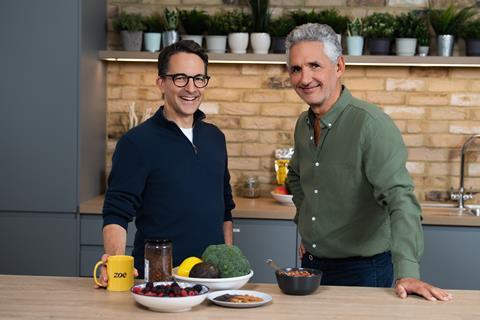
Another example is Quorn, whose sausages are high in protein and fibre, and low in saturated fat and sugar. That means they are solid from a nutritional point of view – yet are deemed ‘high risk’ by Zoe.
Baseley fears Zoe’s extra level of analysis risks causing confusion. “If you’ve got to think about the nutritional consideration, and then the processing consideration, which may be at odds with each other, how do you make a purchasing decision in a few seconds?”
Ali Morpeth, a nutritionist and co-founder of the Planetary Alliance, also points to existing systems such as the nutrient profiling model, which dictates whether a product is classed as HFSS. “Around 55% of UPFs are also classified as HFSS and already subject to restrictions on marketing and promotion,” she says.
Read more:
-
New HFSS rules mean M&S Christmas ad cancelled, claims chairman
-
Food Strategy board: who’s on it and what will they do?
-
Zoe takes on UPF ‘scaremongering’ with new ‘risk scale’ tool
-
M&S single-ingredient cereal sacrifices health for image
The FDF believes it is creating an overwhelming landscape. “This new ‘scale’ will be extremely confusing for consumers, as it contradicts government’s healthy eating advice,” says a spokesperson.
Zoe is clear that it doesn’t want to replace government advice – rather for that accepted wisdom to be used “alongside the recommendations we give at Zoe”. If Zoe is looking to replace anything, it’s the use of Nova as a nutritional tool.
For Bigham, that’s the key appeal. “No doubt some will claim that another system just adds to the confusion – I disagree,” he says. “The Nova system was developed by academics, principally for academics. A classification system that is designed with the consumer in mind is only to be welcomed.”
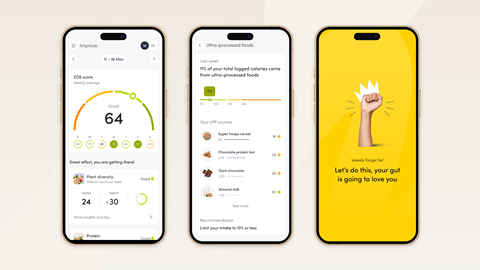
The general public was clearly front of mind when Zoe created the system.There is a business question at play, too. For now, it’s unclear how Zoe will market its scale to consumers. There is some suggestion it will evolve into a barcode scanning feature that gives an instant rating of foods.
Whether that will be part of its subscription package, though, is unclear. Zoe wants “as many people as possible” to be able to access the information. That could mean going beyond its subscription, which comes in at nearly £300 for initial testing, plus a monthly fee of at least £9.99.
At the same time, Zoe reported an operating loss of £13.4m in the year ending 31 August 2024 – and is under pressure from investors to move into profit. “They have a valuation of over £200m, which is off the scale by anyone’s standard. Then the investors are saying, ‘Well, where’s our return coming from?’” says one source.
The source believes the information will likely have to be an extra draw for subscribers, as “investors won’t allow them to give it away for free”. Although if it was a paid-for app, it would be going up against Yuka – which already offers a similar barcode scanning service to determine the health and processing of products.
From a business point of view, at least, the source is yet to be convinced: “I suspect Zoe will convince themselves it will be a secret weapon – but it won’t be.”


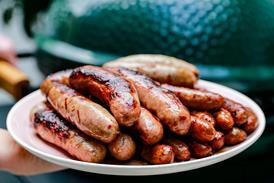
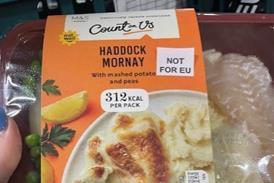
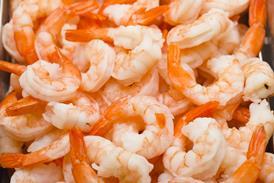

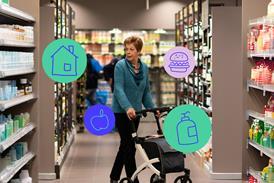
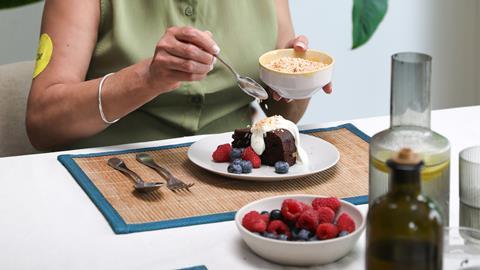
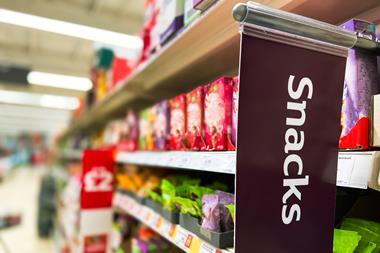
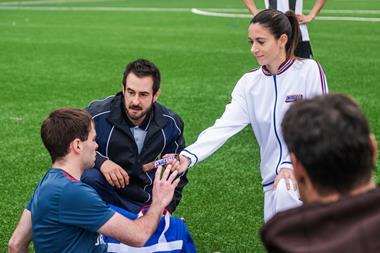
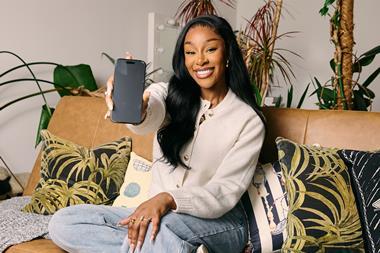
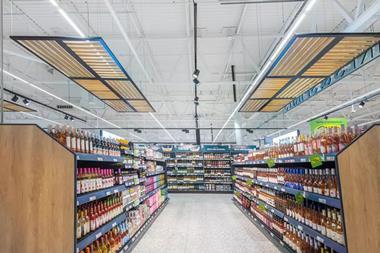
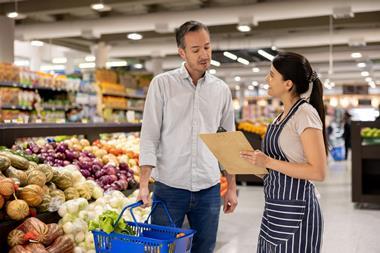
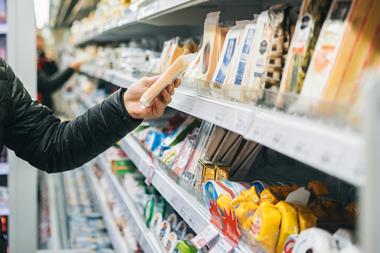

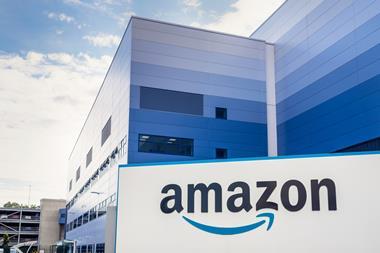
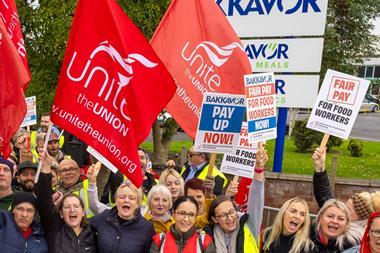

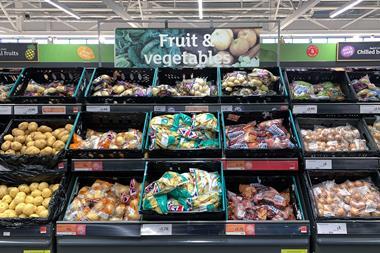
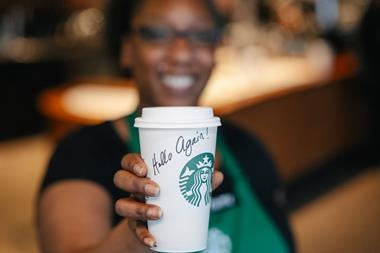
No comments yet